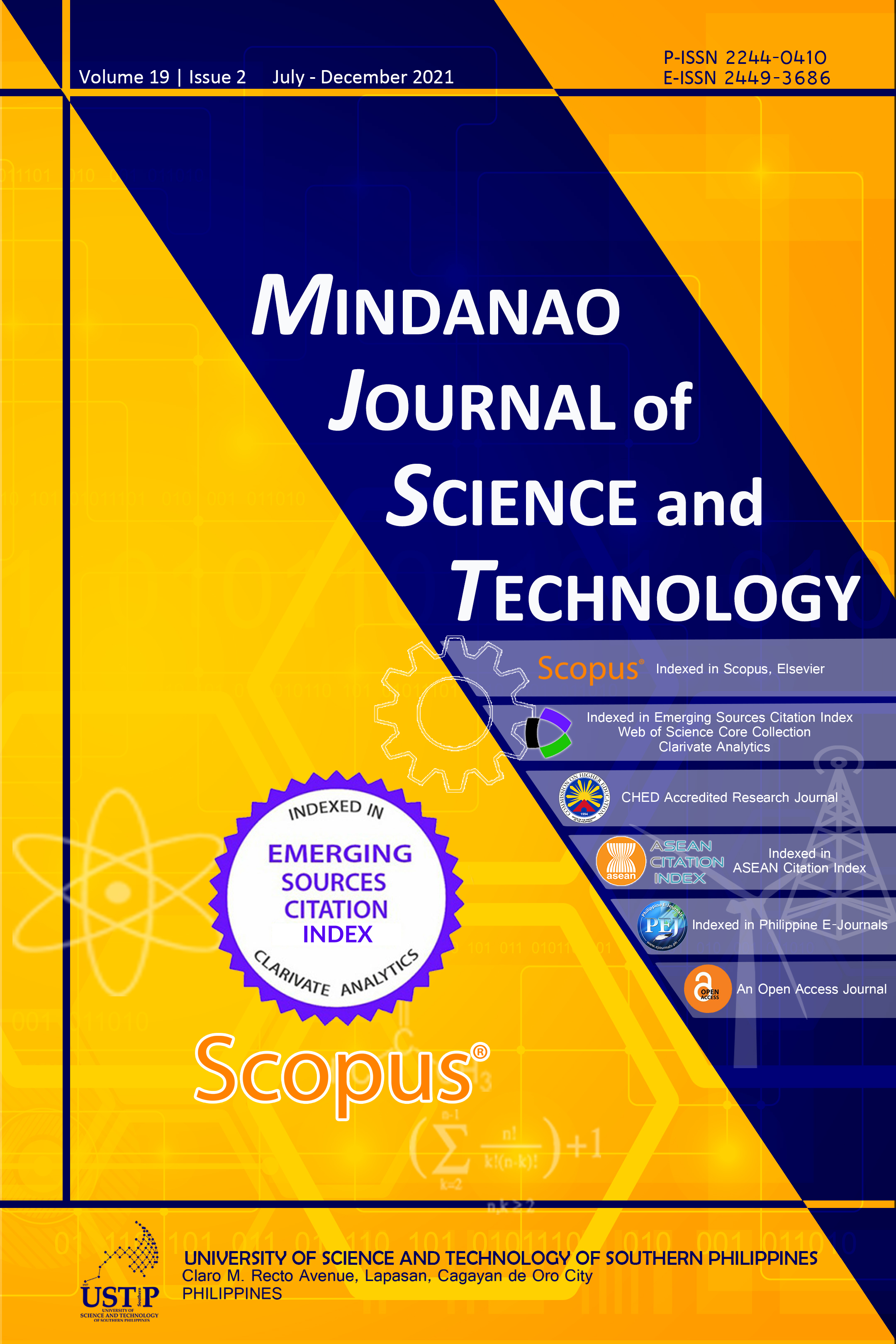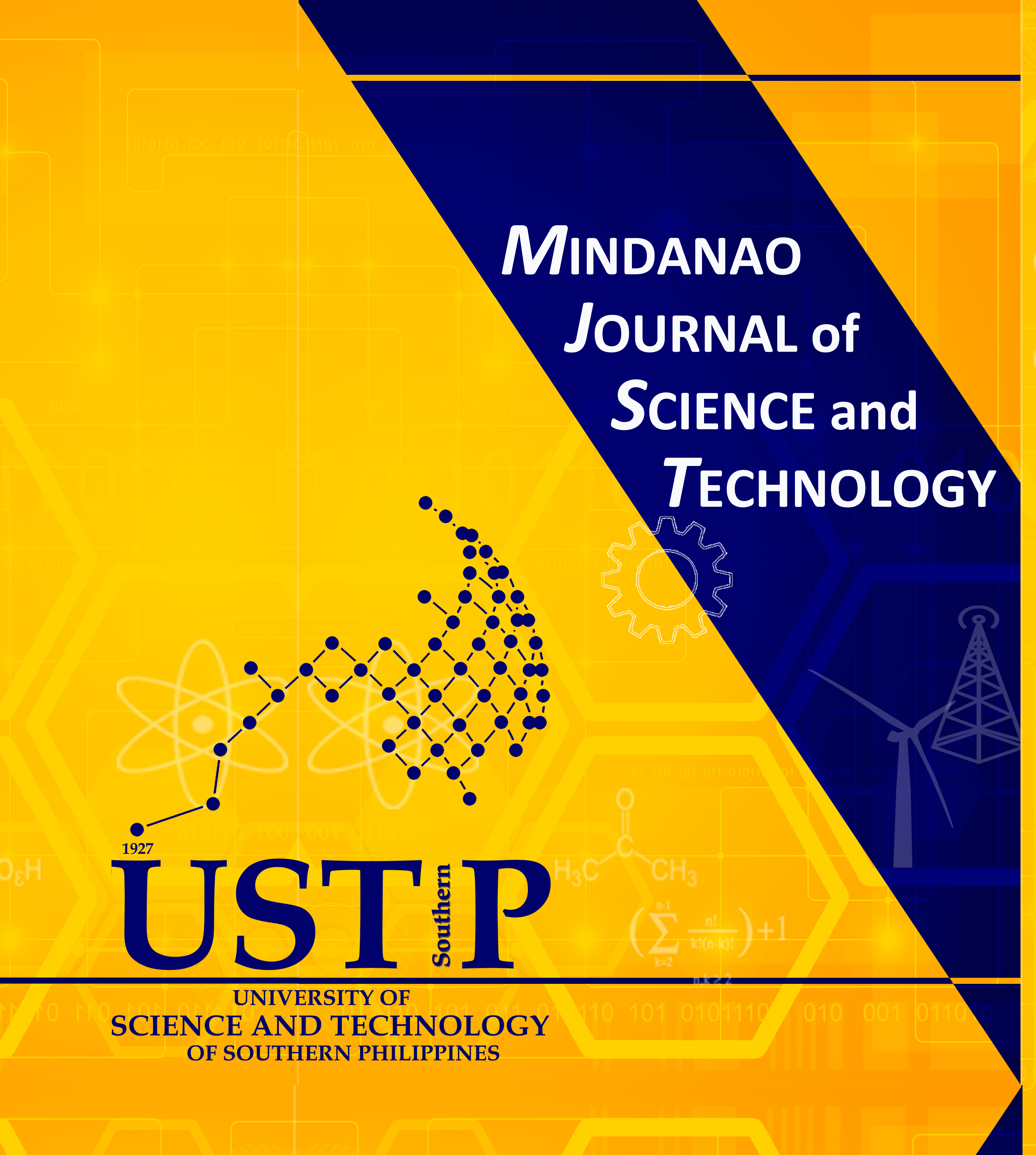Exploring the Growing Environments, Nutritional Properties and Asexual Propagation Method of Ayo/Ariwat (Tetrastigma harmandii Planch.)
Keywords:
asexual propagation, ayo, habitats, nutritional property, Tetrastigma harmandii PlanchAbstract
Tetrastigma harmandii Planch. is utilized for culinary and medicinal purposes in the Philippines. However, its growing conditions, nutritional composition and asexual propagation are less known. Hence, this study characterized the growing environment of T. harmandii in northeastern Cagayan, Philippines and determined its proximate and nutrient compositions through proximate and elemental analyses, respectively. Asexual propagation was also done wherein T. harmandii stem cuttings (one, two and three nodes) with and without auxin (α-NAA) were propagated for 33 days inside the rooting bins. Results revealed that the species grows in various habitats such as hills, coastal areas, residential and agricultural land, grasslands, bodies of water, caves and secondary growth forests in 18-181 masl elevations. It was also found to thrive in moderately acidic soils with medium organic matter and high nutrient contents. The species grows mostly together with Leucaena leucocephala and Gliricidia sepium. Moreover, the leaves of the plant have high crude fiber (5.20%), potassium (3.28%) and iron (207 ppm). The propagation of the plant using three-node stem cuttings without auxin application showed better survival (97.78%) and rooting (86.67%). Compared with one-node stem cutting, improved rooting was observed in the two-node (1.68 more roots and 0.30 denser roots) and three-node (2.92 more roots and 0.14 denser roots) stem cuttings. Hence, T. harmandii is easy to root when propagated asexually; better rooting can be achieved through three-node stem cuttings without auxin application.










